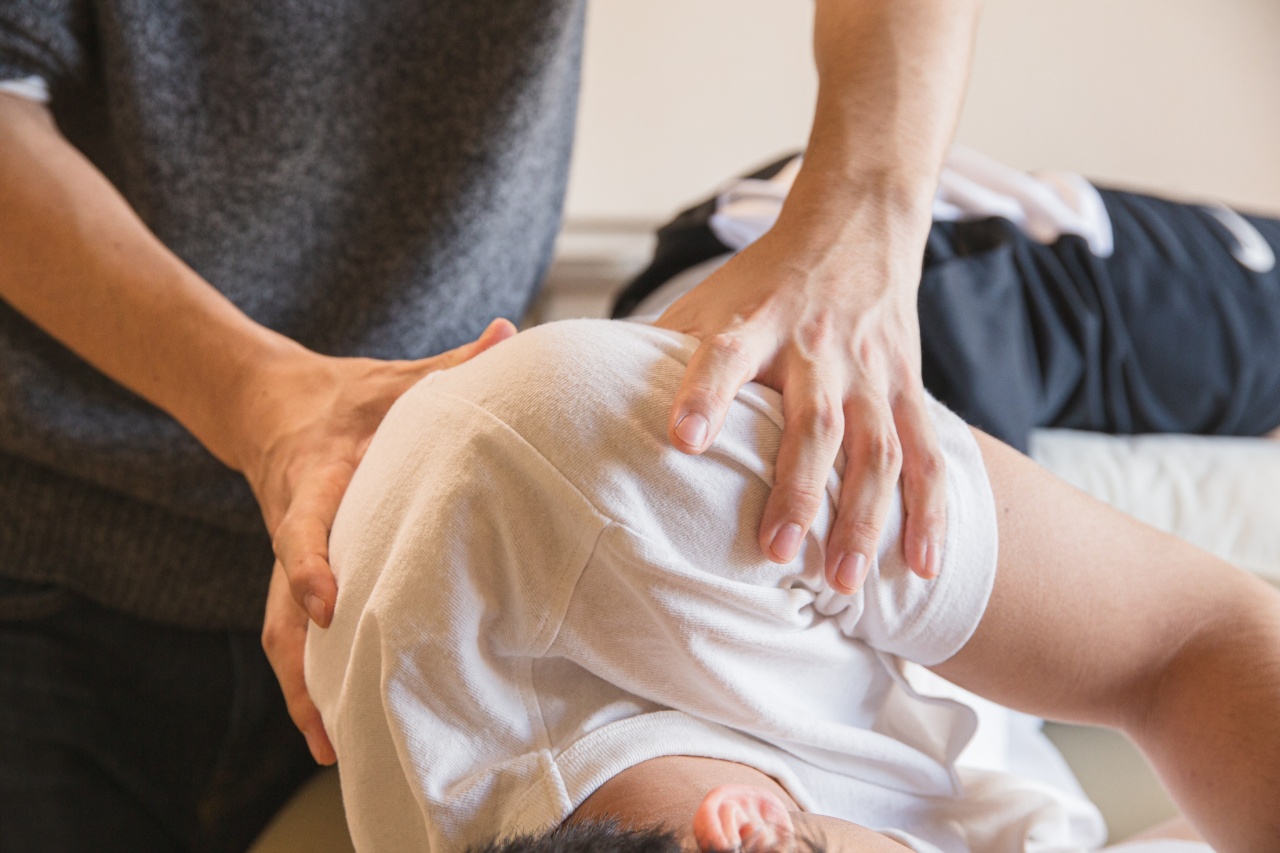Stroke is a serious medical condition that occurs when the blood supply to the brain is interrupted or reduced, leading to the death of brain cells.
It can cause a wide range of physical, cognitive, and emotional impairments that significantly impact a person’s quality of life. However, with prompt medical attention and the right rehabilitation program, stroke survivors can make significant strides in their recovery and regain independence.
The Importance of Rehabilitation
Rehabilitation plays a crucial role in stroke recovery as it helps survivors regain lost abilities and learn techniques to cope with any remaining disabilities.
The goals of stroke rehabilitation are to improve functional abilities, enhance independence, and maximize quality of life.
Rehab programs are tailored to the specific needs of each individual and may involve a multidisciplinary team of healthcare professionals, including physiatrists, physical therapists, occupational therapists, speech-language pathologists, and psychologists.
Types of Stroke Rehabilitation
Stroke rehabilitation programs can be conducted in various settings, depending on the severity of the stroke and the specific needs of the patient. These settings may include:.
Inpatient Rehabilitation Units:
These units are designed for individuals with severe stroke who require intensive rehabilitation. Inpatient rehab provides 24-hour nursing care and an intensive therapy schedule to help patients regain lost abilities and improve independence.
Outpatient Rehabilitation:
Outpatient rehab is suitable for individuals who are able to return home but still require ongoing therapy. Patients visit the rehabilitation center at scheduled times for therapy sessions, which can include physical, occupational, and speech therapy.
Home-based Rehabilitation:
For individuals with limited mobility or who live in remote areas, home-based rehabilitation can be an effective option.
In this approach, therapists visit the patient’s home to provide personalized therapy sessions and teach the patient and their caregivers how to manage daily activities.
Telehealth Rehabilitation:
Advancements in technology have paved the way for telehealth rehabilitation, where therapy sessions are conducted remotely through videoconferencing.
This approach allows stroke survivors to receive therapy in the comfort of their homes, reducing travel time and increasing accessibility.
Components of Stroke Rehabilitation
Stroke rehabilitation programs typically incorporate various components to address the wide range of challenges faced by survivors. These components include:.
Physical Therapy:
Physical therapy focuses on improving mobility, strength, balance, and coordination.
Therapists use exercises and techniques to help stroke survivors regain control over their bodies, relearn movements, and regain independence in activities of daily living.
Occupational Therapy:
Occupational therapy aims to help stroke survivors relearn the skills necessary for everyday tasks, such as dressing, feeding, and bathing.
Therapists assist individuals in adapting their environments and using assistive devices to promote independence and reduce reliance on others.
Speech Therapy:
Speech therapy is vital for stroke survivors who experience communication difficulties or swallowing problems.
Speech-language pathologists work with patients to address speech impairments, improve language skills, and develop strategies for safe swallowing.
Psychological Support:
Stroke can often lead to psychological challenges such as depression, anxiety, and changes in mood and behavior.
Rehabilitation programs include psychological support to help survivors cope with these emotional changes and offer strategies to improve mental well-being.
Medication Management:
In addition to therapy, stroke rehabilitation also involves managing medications to prevent further complications and maximize recovery.
Healthcare professionals closely monitor medication regimens and adjust them as needed to address various stroke-related conditions, such as high blood pressure or blood-thinning medications to prevent future strokes.
Benefits of Stroke Rehabilitation
The impact of stroke rehabilitation on recovery cannot be overstated. Rehabilitation helps stroke survivors in the following ways:.
Improved Motor Function:
Through targeted exercises and techniques, stroke survivors can regain strength and coordination, improving their ability to perform daily activities and regain independence.
Enhanced Speech and Language Skills:
Speech therapy helps individuals overcome communication difficulties and regain their ability to express themselves effectively, improving social interactions and overall quality of life.
Increased Independence:
By addressing the physical, cognitive, and emotional impairments caused by stroke, rehabilitation empowers individuals to regain independence in various aspects of life, from self-care to vocational activities.
Boosted Confidence and Self-Esteem:
Rehabilitation provides stroke survivors with the tools and techniques to overcome challenges, promoting confidence and self-esteem.
Achieving small victories during therapy sessions reinforces their belief in their ability to recover and lead fulfilling lives.
Reduced Risk of Complications:
Rehabilitation programs often include education on lifestyle modifications, such as dietary changes, exercise routines, and fall prevention strategies.
These measures help reduce the risk of recurrent strokes and other complications associated with stroke.
Long-Term Outlook
Stroke recovery is a journey that requires ongoing commitment and support. The extent of recovery varies among individuals, and some residual effects may persist.
However, with the right rehabilitation program and continued management of risk factors, stroke survivors can continually improve their functionality and quality of life over time.
It’s crucial for stroke survivors and their caregivers to stay proactive in their recovery journey by seeking ongoing rehabilitation, addressing any emerging challenges promptly, and maintaining a healthy lifestyle.
Rehabilitation is not a one-time event but an ongoing process that can lead to remarkable improvements long after the stroke occurs.





























